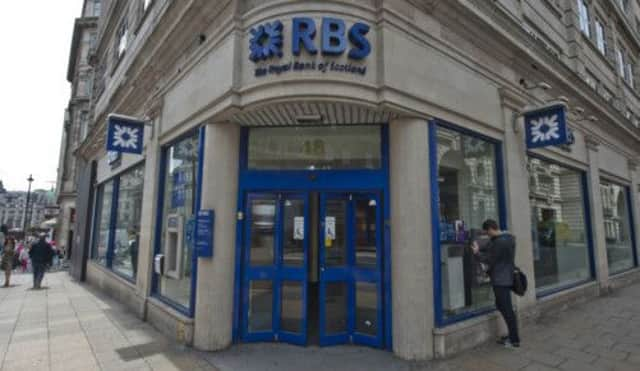Banks urged to take the lead in lending to SMEs


Although figures from the Bank of England showed overall lending to businesses rose in July, marking the first increase since January, the flow of credit to small and medium-sized enterprises (SMEs) reversed dramatically.
The Forum of Private Business said many SME owners were avoiding the high street and turning to family and friends, or dipping into their own savings, because they believed banks would reject their loan applications.
Advertisement
Hide AdAdvertisement
Hide AdPhil Orford, the organisation’s chief executive, said: “Banks must be more proactive in providing the liquidity the economy needs and to promote awareness of, and access to, the financial mechanisms in place to support it.”
The latest figures from the Bank of England reveal that loans to businesses grew by £500 million in July, in sharp contrast to the average monthly contraction of £1 billion seen during the previous six months.
However, net lending to SMEs dropped by £300m, more than reversing the previous month’s £100m increase, as companies repaid more than they borrowed. Repayments by SMEs reached £4.1bn in July, the highest figure since March 2012.
Goncalo de Vasconcelos, founder of crowdfunding firm SyndicateRoom, said: “Smaller businesses continue to be starved of the oxygen required to grow and, in many cases, survive.
“Bigger, established businesses with assets can borrow. Companies with few if any assets can all too often sing for a loan from their bank.”
Royal Bank of Scotland said yesterday that it has offered £3bn in new lending to 8,500 SMEs since June, when it started writing to customers to gauge demand for credit. The state-backed group is embarking on an independent review, conducted by City grandee Sir Andrew Large, into its lending standards and practices towards SMEs.
Chris Sullivan, its chief executive of corporate banking, said: “While economic uncertainties remain, fewer businesses are looking to borrow, so banks need to find new ways to give them the confidence to invest.”
Earlier this week, Bank of England governor Mark Carney unveiled a potential credit boost when he said the Prudential Regulation Authority would allow the big high street banks and building societies to free up £90bn of funds, providing they meet regulatory capital thresholds equivalent to 7 per cent of their loans.
Advertisement
Hide AdAdvertisement
Hide AdBarclays economist Simon Hayes said the environment for credit remains “very subdued” and those firms that are able to access loans were paying more.
The average interest rate on new lending to private non-financial businesses rose by 30 basis points to 2.71 per cent during the month “in a further indication that corporate financing conditions remain tight”.
Steve Davies, head of UK retail banking at accountancy firm PwC, said many companies were using cash reserves to fund investment, rather than taking out more debt. He added: “It’s possible that these figures mask an even larger increase in investment activity that is currently under way.
“The data also supports a general observation that capital and liquidity issues, with perhaps one or two exceptions, are not holding banks back from new lending.”